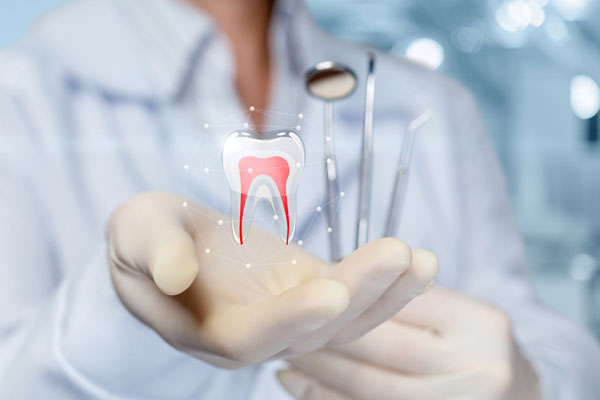 Dental restorations offer ways to remove damaged tooth enamel, halt further decay, and restore the function of damaged or lost teeth. However, some mistaken beliefs prevent people from getting necessary care for oral health. Understand how to separate fact from fiction to make better choices for your dental care.
Dental restorations offer ways to remove damaged tooth enamel, halt further decay, and restore the function of damaged or lost teeth. However, some mistaken beliefs prevent people from getting necessary care for oral health. Understand how to separate fact from fiction to make better choices for your dental care.
Common misapprehensions about dental restorations
Learn the truth behind the following four myths about these procedures.
1. Brushing and flossing will fix a cavity.
Some people erroneously believe that brushing and flossing their teeth is enough to keep them healthy. Many even think that doing so will cause cavities to disappear on their own. As a result, they put off going to see a dentist until they have a toothache, not realizing that they could have prevented the pain from occurring with a simple restoration.
The truth is that no amount of brushing and flossing can reverse cavities. The decay only becomes worse as it eventually extends into a tooth’s nerves. Regular checkups and dental restorations can help prevent toothaches.
2. Filling materials are toxic.
Another common myth is that the materials used to fill cavities are toxic. Some even claim that they are responsible for chronic conditions, including Alzheimer’s and Parkinson’s disease. Some people believe this myth has gone so far as to pay thousands of dollars to have a dentist remove their existing fillings.
According to the American Dental Association, there is no scientific evidence linking serious diseases with dental restorations in a person’s mouth. In addition, the FDA has approved various materials as safe for dentists to use, including porcelain, composite resin, amalgams, plastic, gold, and glass ionomer.
3. Only teeth with light decay are eligible for fillings.
People are sometimes so self-conscious about their smiles that they assume only major dental work can help them. In addition, they believe the myth that only lightly damaged teeth or small cavities are eligible for dental restorations and thus avoid making an appointment with a dentist.
Special dental restorations exist for teeth that are mostly still intact but lack enough enamel to hold a regular filling, known as inlays or onlays. The main difference in these fillings is that they require two dental visits rather than one to place. Other more advanced restorations are possible for other issues, including broken, infected, or lost teeth.
4. Fillings last forever.
After receiving a filling, some patients believe they do not ever need to return to the dentist. They assume a filling is something they get once and never need to think about again.
Unfortunately, fillings do not last forever. Depending on the type of material, they have average lifespans that range from five to 20 years. Therefore, it is important to keep visiting your dentist for regular checkups to monitor the integrity of your dental work and let you know if you need to replace any fillings.
Conclusion
Once you know the truth about dental restorations, it is easy to understand why your dentist recommends them. They are an effective way to restore the appearance and functionality of your teeth and prevent any further damage from occurring.
Request an appointment or call Lush Dental Co. at 801-326-4131 for an appointment in our Highland office.
Related Posts
Restorative dentistry refers to any type of dental procedure that a dentist performs to restore a damaged or missing tooth. Dental restorations can encompass several procedures that vary in terms of invasiveness, complexity, and what they can accomplish. However, the overreaching goal of all restorative procedures is to improve the health, function, and appearance of…
Crowns are commonly used in dental restorations. A crown is a cap shaped like a tooth but hollow in the middle. It fits over a natural tooth that has to be prepared first. Depending on the issue it is correcting, a crown can be used by itself or as a component of another restoration technique.Teeth…
There may be dental restorations available to treat a tooth that is damaged. The prognosis for restoring a damaged tooth is best when treatment takes place as soon as possible after the tooth breaks or cracks. This can occur from biting down on something that is too hard but can also happen if you get…
